Drawdown
Shrinkage of assets implying that the consumer's financial assets have depreciated to some extent.
A drawdown means a shrinkage of assets, implying that the consumer's financial assets have somewhat depreciated. Therefore, many people believe that when the central bank lowers interest rates, the central bank releases water.
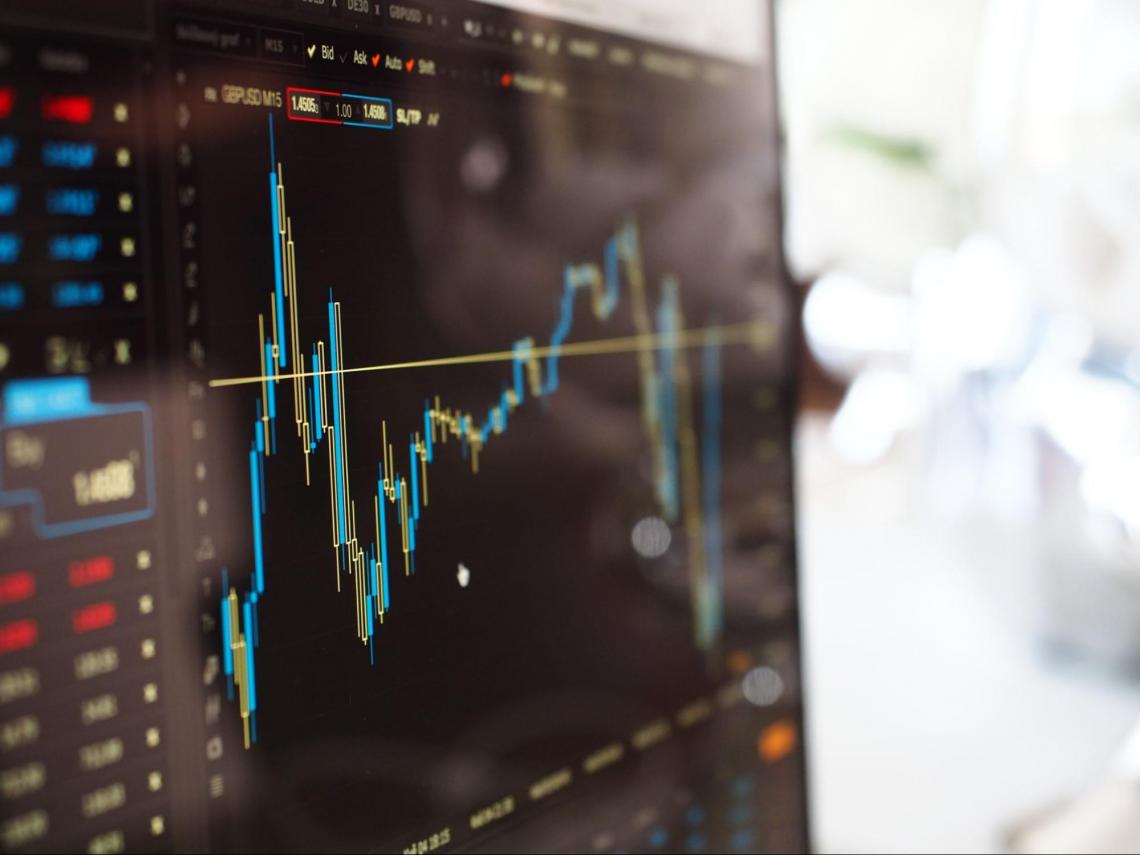
When the central bank raises interest rates, people will say that the floodgates of money are closed. Hence, the water referred to at this point is the currency.
And accordingly, the shrinkage we see is the devaluation of investors' financial assets because of the fall in the stock market or the overall fall in the financial markets.
The market value of a company's shares is determined by multiplying the closing price of the company's shares by the total number of shares traded in the stock market each day.
As the stock price changes, the company's market value naturally changes, and this decrease in value is referred to as "shrinkage" or "evaporation".
For example, if today's market value is $100,000 less than yesterday's, we say," the company's market value has evaporated by $100,000 today".
A stock is a certificate of ownership issued by a joint stock company. It is valuable security issued by the company to each shareholder as a certificate of ownership and as a means of obtaining dividends and bonuses to raise capital.
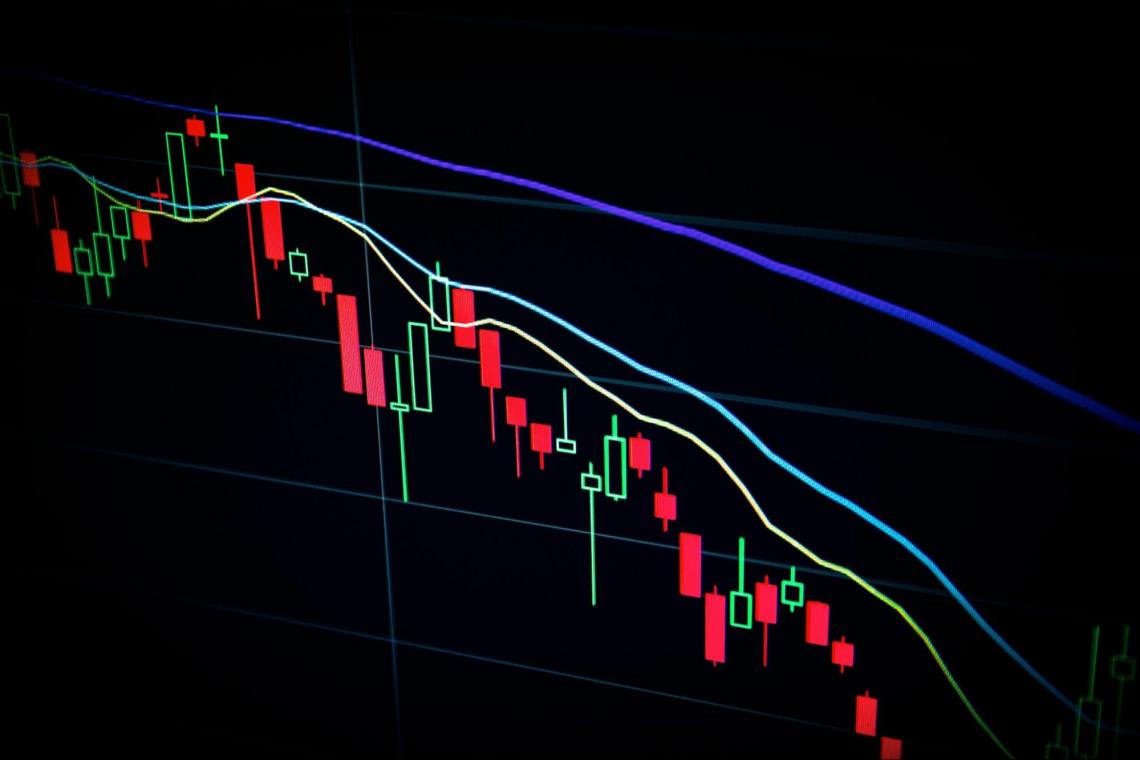
Each share represents the shareholder's basic unit of ownership in the company. A publicly traded company backs it. At the same time, each publicly traded company issues shares of stock.
Each share of stock in the same class represents equal company ownership. The size of each shareholder's share of company ownership is determined by the number of shares held as a proportion of the company's total share capital.
Shares are a constituent part of the capital of a joint stock company and can be
- transferred,
- traded, or
- pledged for value.
Shares are the main long-term credit instrument in the capital market; however, the company cannot be required to return its capital contribution.
Understanding the concept
The creation of shrinkage is quite understandable. It is like a pool with many sponges; when there is a lot of water, the whole collection will expand due to the volume of water.
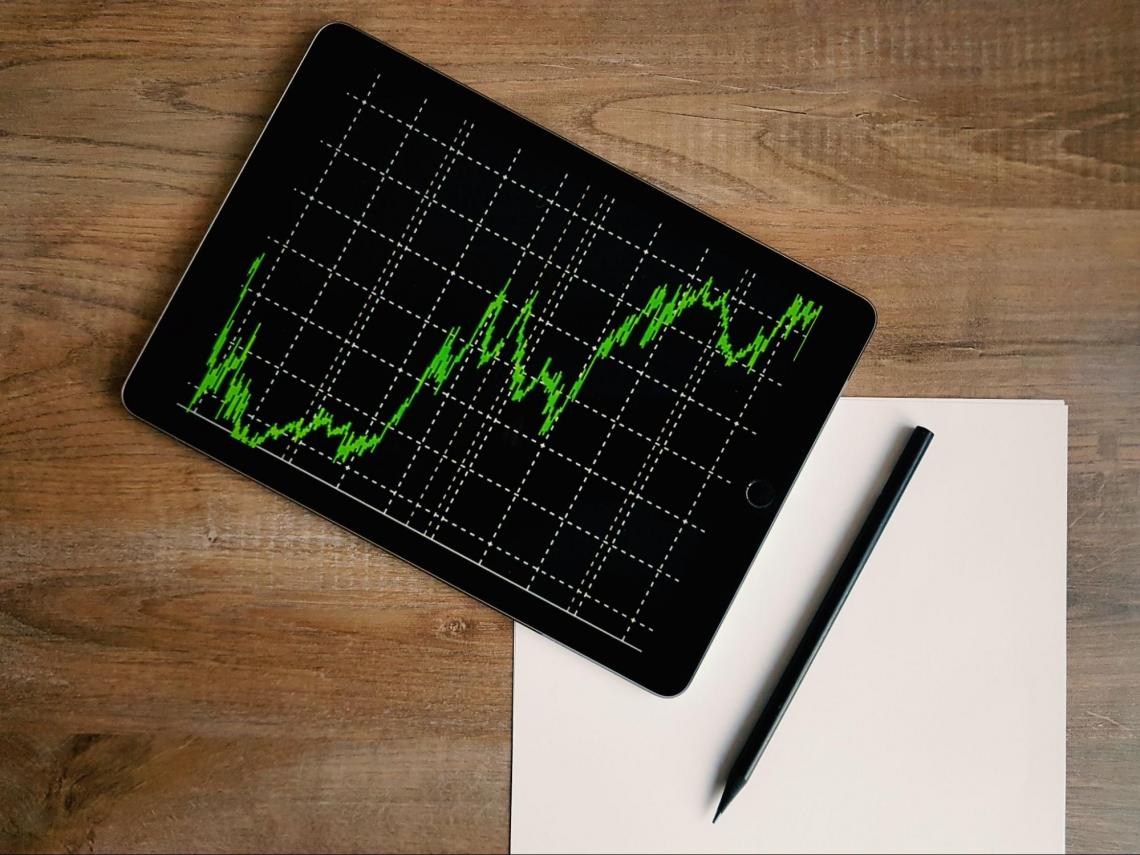
Correspondingly, if the water starts to decrease, then these sponges will become smaller because of the decrease in water. In other words, the investor's asset drawdown follows this principle.
In a nutshell, shrinkage is usually understood as depreciation, which means that one's assets have depreciated, i.e., one has less money or buys less of an investment now than before.
In the stock market, asset shrinkage is defined as a loss in the stock's net asset value per share, which results in a book loss. Net asset per share is the ratio of shareholders' equity to total equity.
Its formula is:
Net Asset per Share = Shareholders' Equity ÷ Total Equity.
This indicator reflects the present value of the assets owned by each share of stock.
The higher the NAV per share, the higher the present value of the assets owned by the shareholders; the lower the NAV per share, the lower the current value of the assets owned by the shareholders. Usually, the higher the NAV per share, the better.
A shrinkage of assets in a stock transaction is a loss of money. For example, if you buy 1,000 shares of a stock at $10 per share, and the stock price is now $9, you lose $1 per share and $1,000 in total, leaving you with $9,000 in assets.
A stock's market value is the price at which a stock is traded.
The stock's value is determined through competition between buyers and sellers and is the price at which both buyers and sellers agree on the transaction.
Many factors determine and influence the market value of a stock, including its:
- par value,
- net value,
- actual value,
- and market supply and demand.
Generally speaking, the market value of a stock is determined by the market's change in supply and demand, with the par value serving as the starting point and the net and true value of the stock serving as the basis.
What does market capitalization shrinkage mean?
A stock's market value is the total value based on the market price. For example, the price per share of a listed company multiplied by the total number of shares issued is that company's market value.
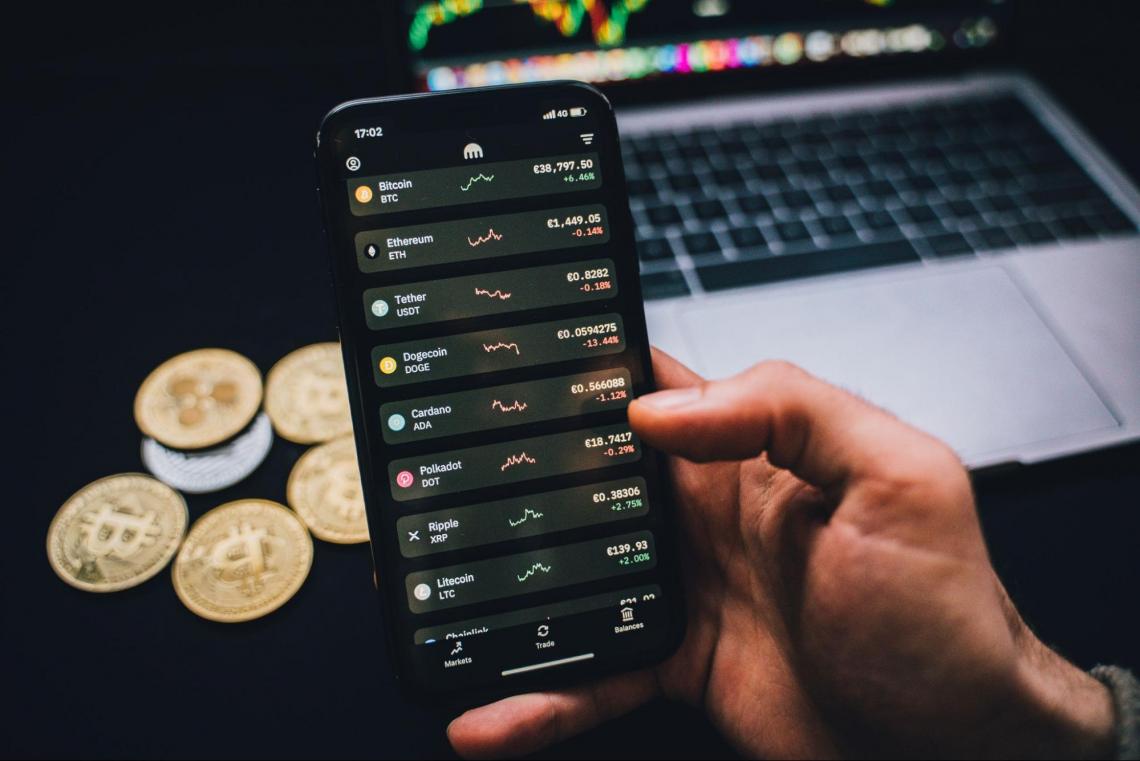
The sum of the market value of all listed companies on the stock market is the stock's total market value. Market Value K Line demonstrates that the market determines a stock's market price. The par value and market capitalization of stock are often inconsistent.
The price of a stock can be higher or lower than the par value, but the cost of the first issue of a stock is generally not lower than the par value.
The price of a stock depends primarily on the following:
- The number of expected dividends,
- The level of bank interest rates and
- The supply and demand in the stock market.
As a result, the stock market is a volatile market with constantly fluctuating stock market prices.
Downsizing is merging outstanding and non-marketable shares in proportion to their share prices to circulate the listed company's shares fully.
After the merger, the prices of non-floatable and floatable shares are essentially the same, making the shares held by non-floatable shareholders freely tradable in the secondary market, leading to an increase in the size of the reduction of non-floatable holdings.
So how exactly does a stock drawdown work? The method of stock shrinkage is to choose a time and then use the net asset value per share and the stock's closing price or the average price within a certain period to shrink the stock.
The equity will be re-registered after the stock shrinkage, and the non-marketable shares can be listed and circulated after the shares are reduced. Thus, there are three steps:
1. Determining time points
Determining time points, such as a specific date in a year to initiate a one-month stock break, during which the drawdown occurs.
2. Following specific rules for share drawdown
Here are a few formulas for calculating it:
Stock shrinkage ratio = closing price per share outstanding at a point in time or weighted average price per share over a period of time / net assets per share.
Number of non-marketable shares after share shrinkage = number of non-marketable shares/shrinkage rate.
Outstanding shares after share reduction = Number of outstanding shares before share reduction - Number of non-marketable shares after share reduction.
3. Re-registration of business class operations and equity classes during closed hours.
4. Listing and circulating of non-floating shares
After the closed period, the non-floating shares will be allowed to get listed and circulated after reducing shareholding within certain conditions.
Pros and cons
The benefit of stock shrinkage is that it is more psychologically acceptable to shareholders. In addition, the share reduction will reduce the company's total share capital, and the P/E ratio will be reduced to some extent.
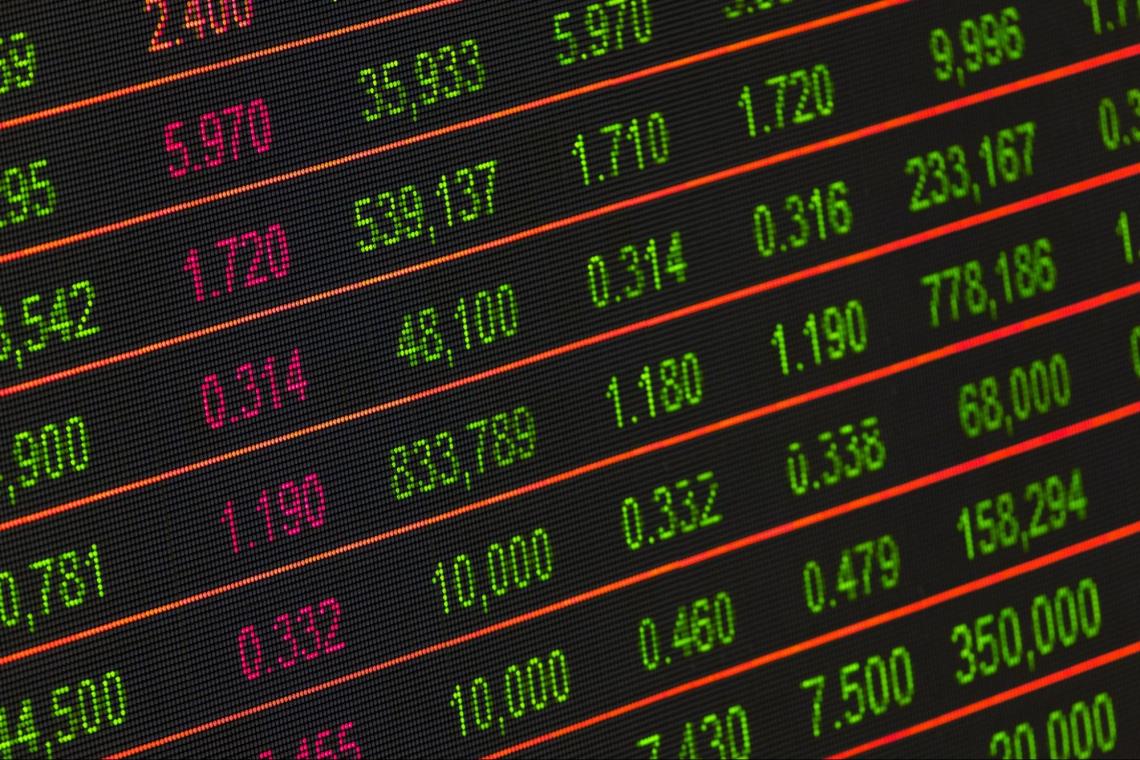
The disadvantage of a share reduction is that it is essentially the same as a share offer program, which means there will be some overlap between the share reduction ratio and the share offer program.
When the stock market is bearish, many low-position stocks trade extremely low. Stock shrinkage occurs most frequently when the stock price is severely oversold and all the shareholders are locked in.
At this time, they rarely sell, but they have locked in any way, and selling is a loss, so there is very little selling at this time, and the stock price tends to show a consolidation trend of small yin and yang.
Stock shrinkage is a phenomenon that occurs regularly, which also represents a temporary balance between buyers and sellers in the current market. This is when the movement of individual stocks tends to be influenced by the market.
When the market starts to fall consistently, shareholders panic and sell with impunity, causing the market to fall further, if the market improves, the stock's investment value will rise after it has shrunk.

As buying continues, the stock price is likely to reverse. Therefore, how good a stock drawdown is depended mainly on how the market moves during the same period.
Under normal circumstances, a stock drawdown is not suitable because trading is light, no one is buying or selling, and the market is like a pool of stagnant water lacking vitality. The stock market is similar to the shopping malls we often see.
The more people there are, the more people buy and sell, and the more liquidity there is for money and goods. In addition, people have a herd mentality, so they prefer to visit lively places, so popularity can naturally stimulate trading.
For example,
- when many of us go out to eat, we tend to prefer restaurants with many diners because we subconsciously believe that eating in restaurants with many people naturally means that the food is good, so we frequently observe a phenomenon.
- Many people are waiting in line at one restaurant's entrance, while there is no one at the door of others.
- If it were you, which restaurant would you choose?
- I would also have to wait in line for this number.
- So, the livelier and hotter the stock market is, the higher the stock price will rise, and vice versa.
The impact that stock shrinkage can have on the market
The market for secondary market funds is flexible. When the market has investment value, it will attract some over-the-counter funds. When the market has no investment value, the market's funds will leave.
If the share reduction is achieved, the P/E ratio will drop to the value area, the social security fund will enter the market, and foreign capital will become a reality.
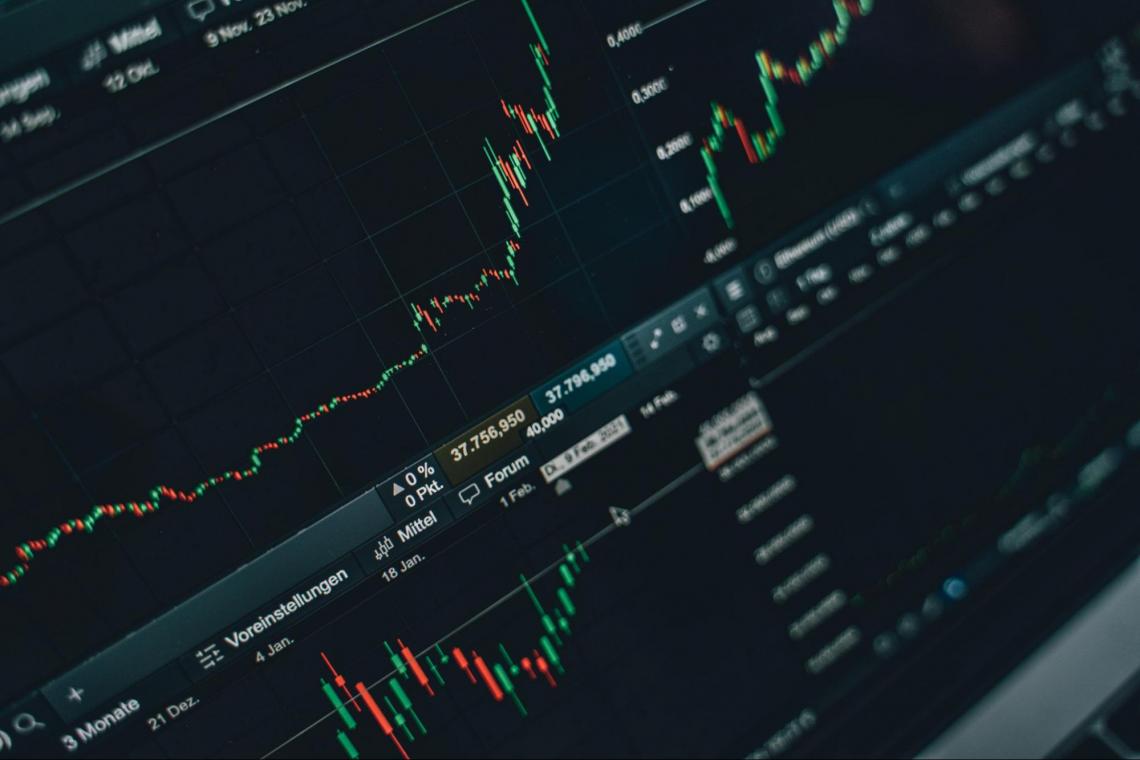
After the share reduction, the circulation of former non-floating shares will be restricted by regulations such as phased selling or selling reports, which will not fully impact the market.
Significant shareholders of many stocks will only need to sell some of their shares, and some will need to buy shares from the secondary market to strengthen their control. Stock shrinkage can affect the market, but it is not caused by supply and demand.
It is a psychological factor and is short-term. For example, many actions in the stock market have a short-lived effect on the stock price, as does the impact of a stock increase on the stock price.
Winning Wealth has much to say about this knowledge; you can follow the stock terminology section. For example, a shrinkage in market capitalization means a reduction in the market share occupied by the stock.
It will cause the issuing company to lose money, equity holders to lose equity, and suffer financial losses. In the case of huge stocks, it will also lead to shocks in the financial markets and affect the stock market's direction.
The impact of the shrinkage on the company is mainly due to the following 3 points:
- If the company's executives hold shares, fluctuations in the share price can also affect the executives' float wealth.
- Although the secondary market in the stock price trading on the company's impact has been tiny, the company's image is crucial.
- If the company's stock in the secondary market performs poorly, it will affect its image. This directly affects the company's second issue, as well as the bond issue, because many companies do not just raise shares once.
There is a particular delisting system in mature capital markets, such as the U.S. stock market.
If the company's only goal is to make money and its share price is performing miserably, it will be ordered to delist and make up for the investors' losses.
Another point is that the company's performance is also a significant factor affecting the share price. So the cost of the company's shares in the secondary market primarily reflects the public's expectations for the company's earnings.
It can be used as a reference for the company's executives in formulating their next strategy, just as the authorities are confused and the observer is precise.
FAQs
Money pledged to a private equity fund by a limited partner of the firm, also called committed capital, is called a withdrawal when it is called a periodic call instead of an immediate investment.
It is a measure of time, a method that predicts how long it will take for prices to recover market losses from trough to peak. The same applies to mutual funds.
There are many reasons. By analyzing this important factor, one can understand the financial risks present in the investment or securities. It also plays an important role in the analysis of trading systems.
First, get the last peak value. Then get the value of the lowest price of such a peak. Once you have the two, divide LP by PV. Subtract 1, and multiply the result by 100%. The result indicates the maximum drawdown percentage.
Withdrawing from income is a way to get retirement income when you retire while allowing your pension fund to continue.
Instead of using all the money in your fund to purchase an annuity, you let your invested money draw regular income directly from the fund.




or Want to Sign up with your social account?